How to Grow Awesome Tomatoes!
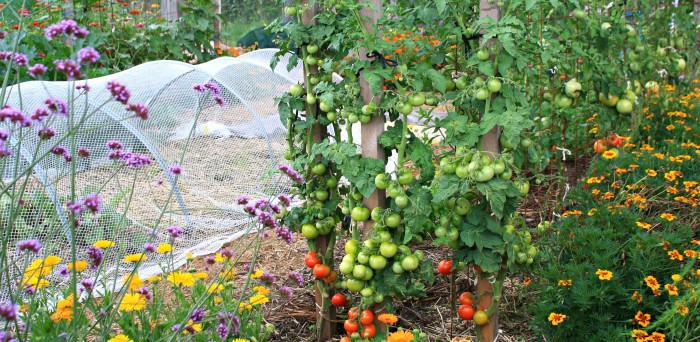
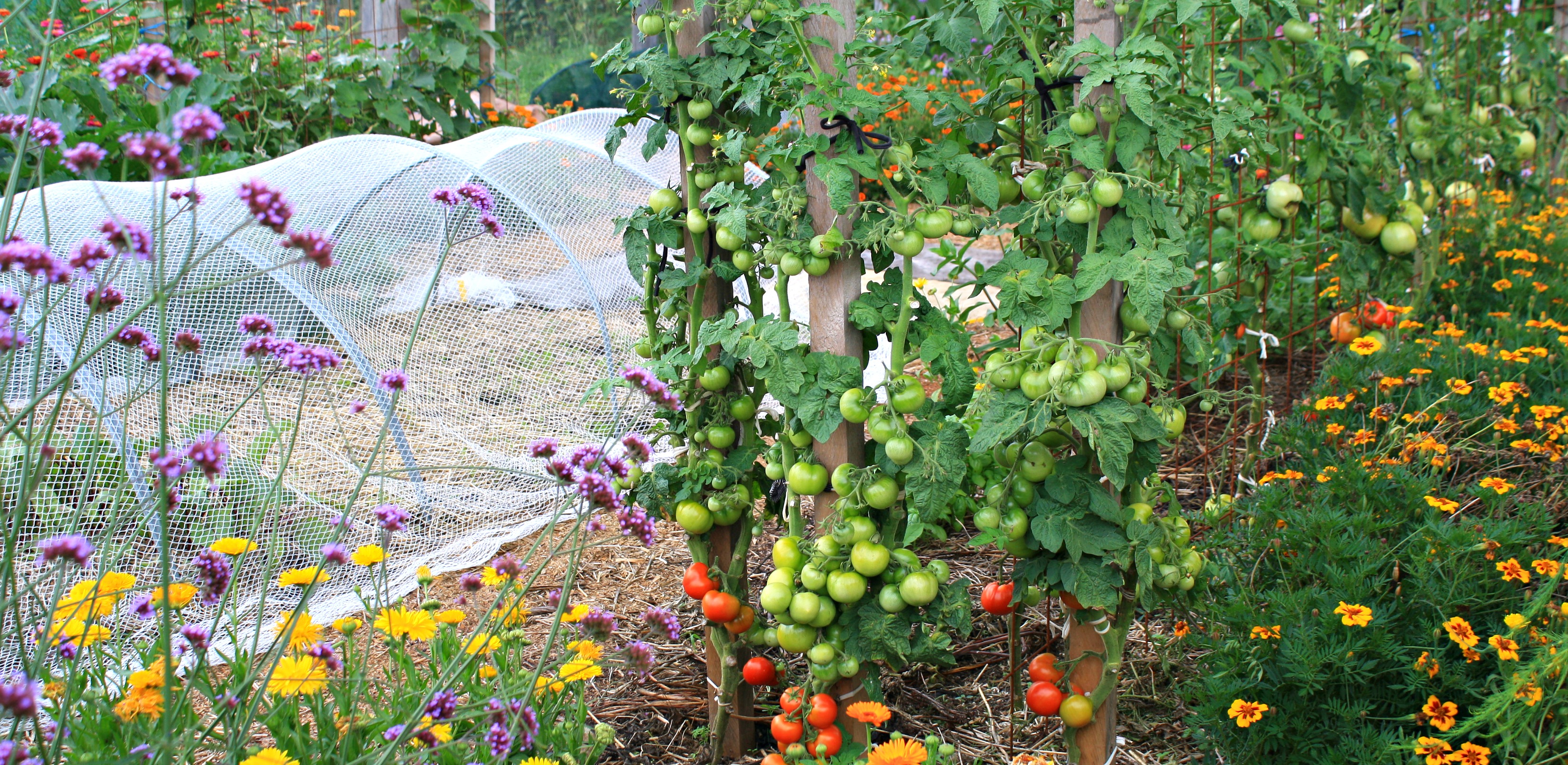
It's entirely possible to grow abundant tomatoes without artificial tomato food, or tricky fertiliser brews. Here are my very simple, tomato growing strategies - each one is a key thread, and success comes when they are all in action, together.
Set your tomatoes on the road to glory by meeting not one, not two, but all the conditions below. They may seem too simple by far, but trust me here, they're tomato perfect.
A warm life
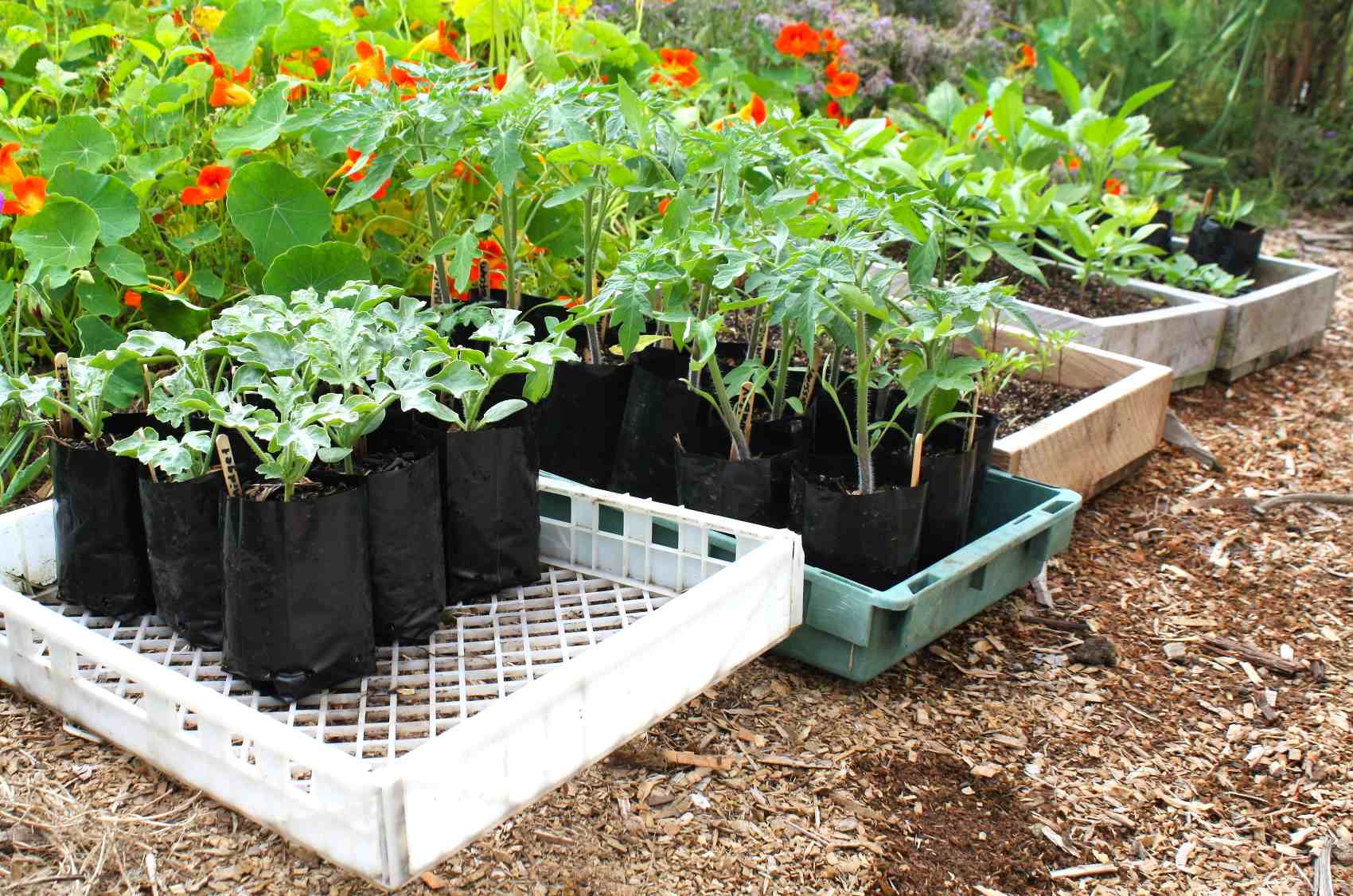
Tomatoes need warm air and warm soil - from the very beginning. Raise seedlings in seed mix that's 20°C and transplant them into soil that's atleast 18°C. Night temps should be steadily sitting at 13°C. Thermometers give you all the info you need - one for the soil and one for the air.
If it's too cold to plant out, rustle up some warmth or wait it out. While you wait, transplant your tomato seedlings into slightly bigger pots and keep them toasty + warm + growing strongly until the temps are spot on.
Drainage

Poorly drained soil is no place for tomatoes. Heavy clay soil or god forbid wet soil, is cool and airless, the perfect haven for fungal disease because beneficial soil biology vacates wet conditions, and when they are absent, pathogens fill the vacuum.
- The long term solution is to sort your water out. Don't shy away from this task!, it informs the health of your whole garden, and in most cases, solutions are simple.
- Short term, grow in containers.
Raised beds atop poorly drained soil may seem a good solution, but they wont ever reach the low disease, low pest, high production garden we're aiming for. That's because the health of the soil beneath informs the health of the soil above. There's no getting away from it - it's all connected. Check out my simple solutions for too much water.
Err on the side of dry
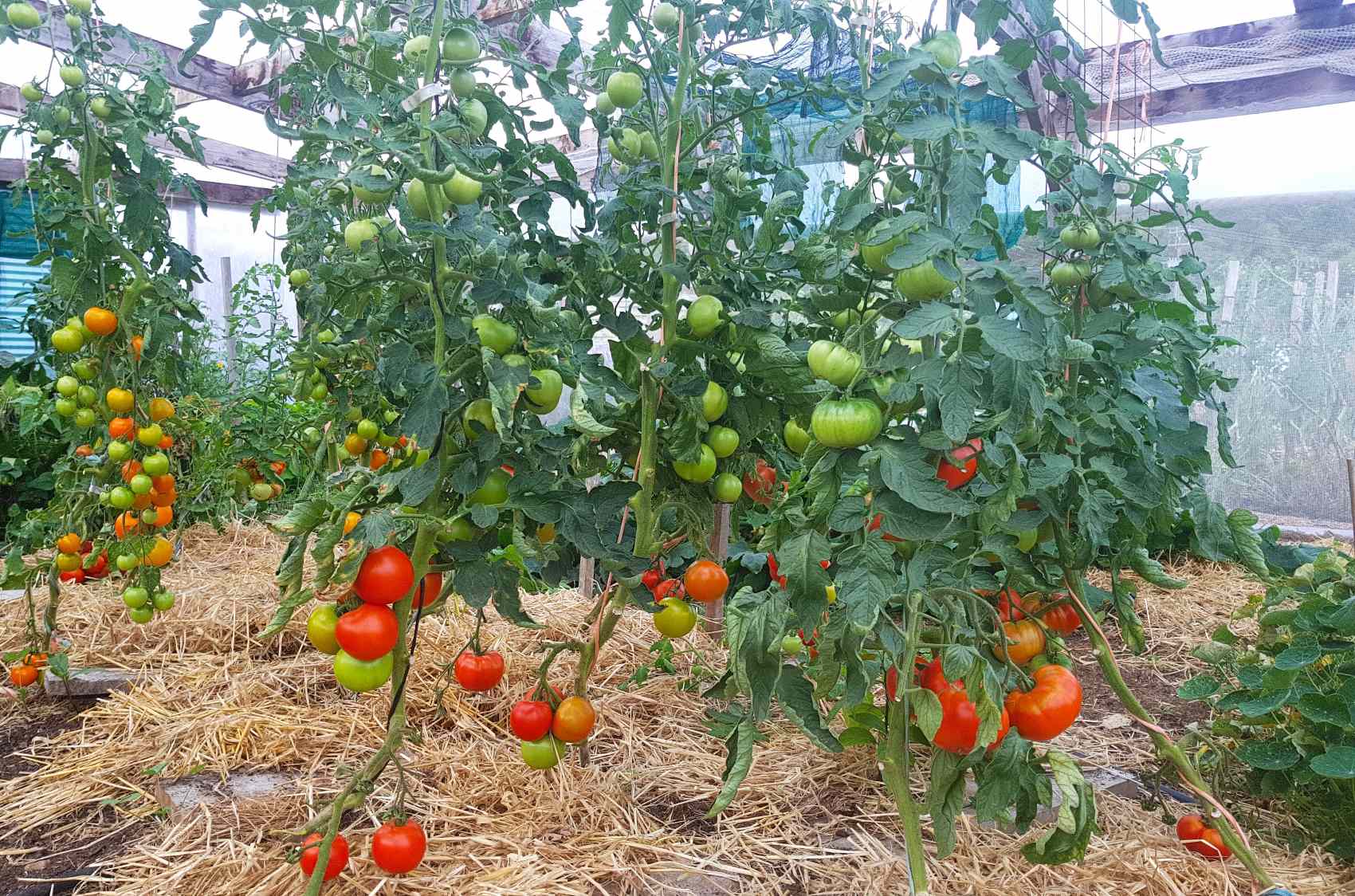
If tomatoes had to pick between too wet and too dry - they'd choose dry. Not that dry is their optimum, but it's better by far than wet! Barely moist, is tomato perfection.
Get to grips with how much water, your tomatoes need at each different phase - from seed through to teenager to fruiting mumma.
Strong seedlings
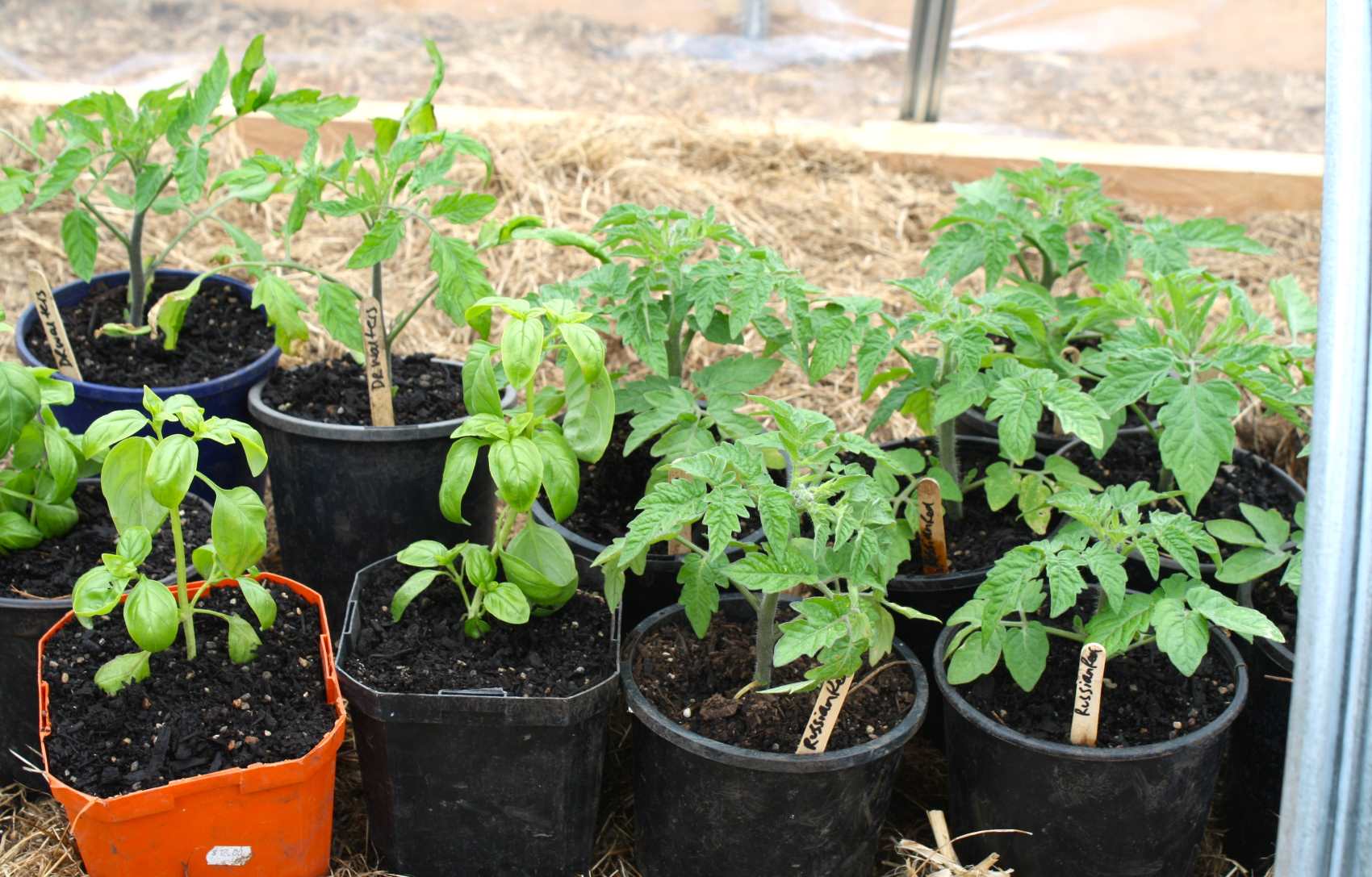
For the best adults, you must start with the best babies. This doesn't mean the biggest, it means the sturdiest and most vital - a robust stem + strong new growth + flat, dark green foliage.
Be choosy when buying seedlings.
- Beware leaves with purple or yellow tints or contortions.
- Pick the pot up and give it a squeeze. If its rock hard and the roots tightly fill it, put it back down.
Fungal allies
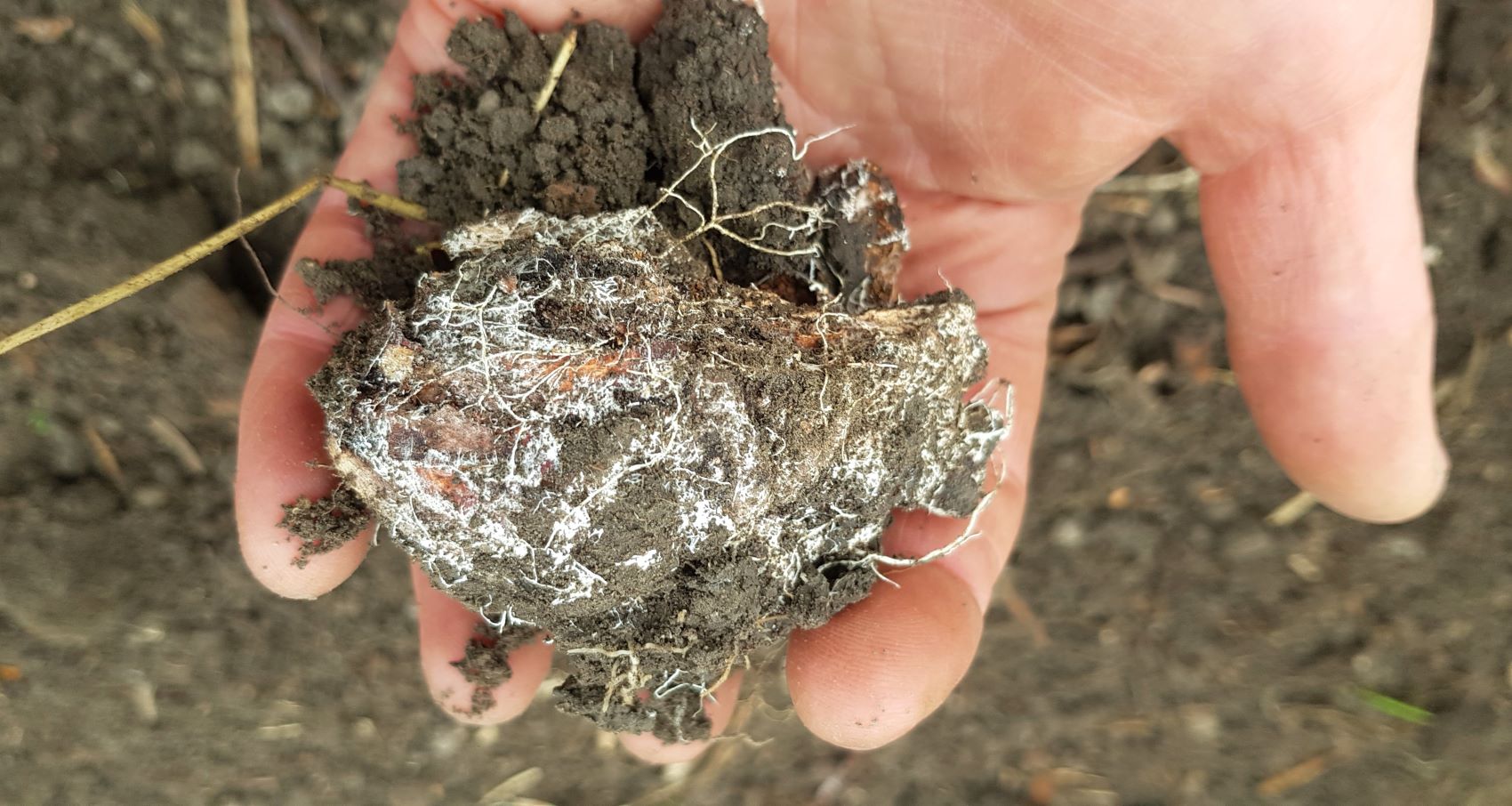
A living soil, with strong fungal (mycorrhizal) connections is the answer to healthy crops. Tomatoes flourish in the presence of fungal allies. They handle weather extremes better, crop stronger and show good disease and pest resistance.
Encouraging beneficial fungi is simple. Homemade compost + mulched 'fungal' paths + biological sprays + diverse groundcover + soil that's rarely disturbed + soil that's always covered.
The big hitters that break our fungal networks and open the space for pathogens to wade in are: over feeding, over watering, digging, bare soil, artificial fertilisers and spray drift.
Good companions
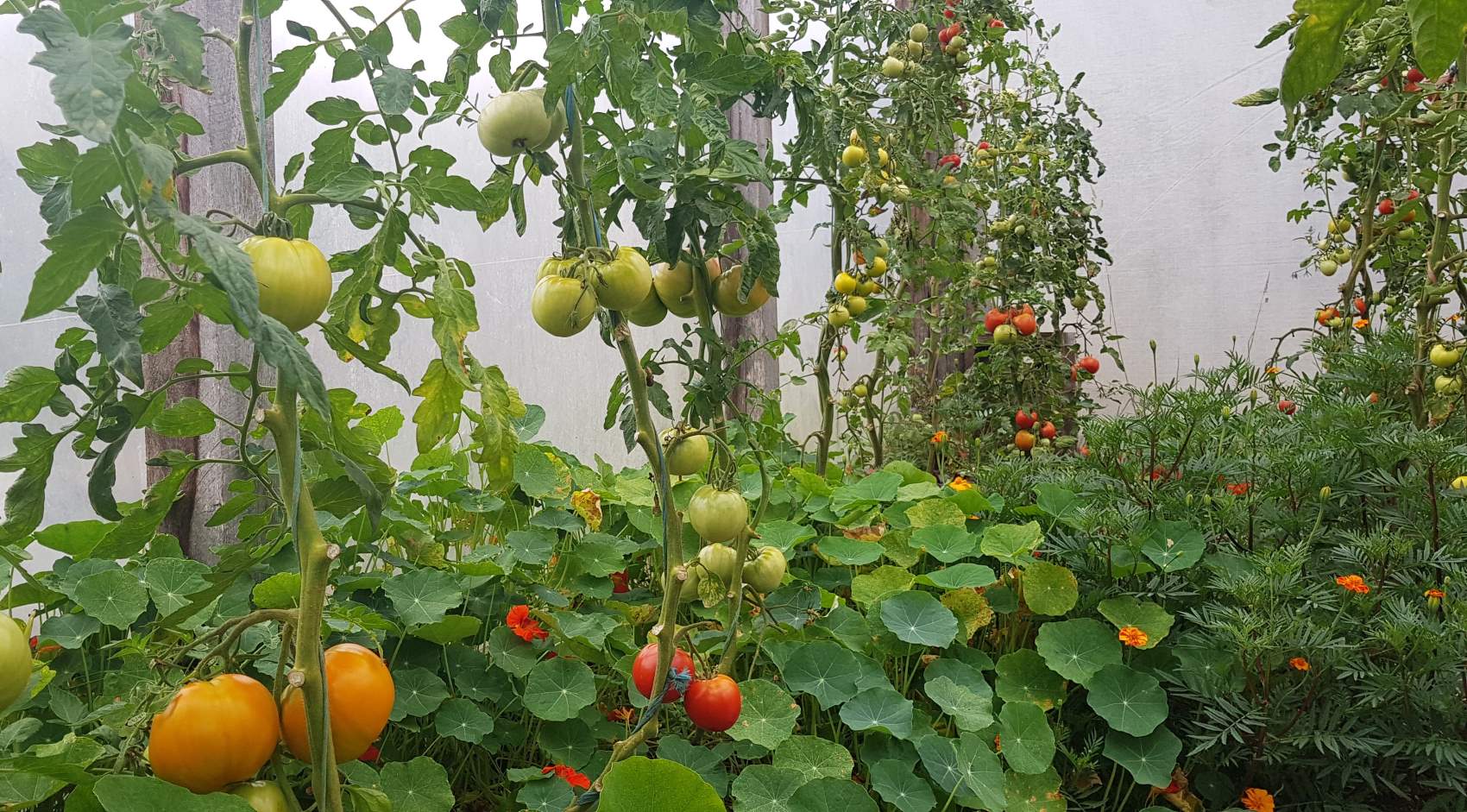
Tomatoes do really well with a living mulch. Choose low growing greencrops/ companions for tomatoes so as to retain good airflow and light which is especially important in cooler or humid places.
- sow a mixed, low growing greencrop before planting, and then when soil temps are right, simply make pockets in the greencrop and plant away.
- plant/ sow low growing companions like marigolds, basil, coriander, dwarf beans, saladings, calendula, nasturtium when you plant your tomatoes out
- plant tomato seedlings amongst finishing saladings, phacelia and herbs, as I do in the spring greenhouse.
Local varieties + Home saved seed
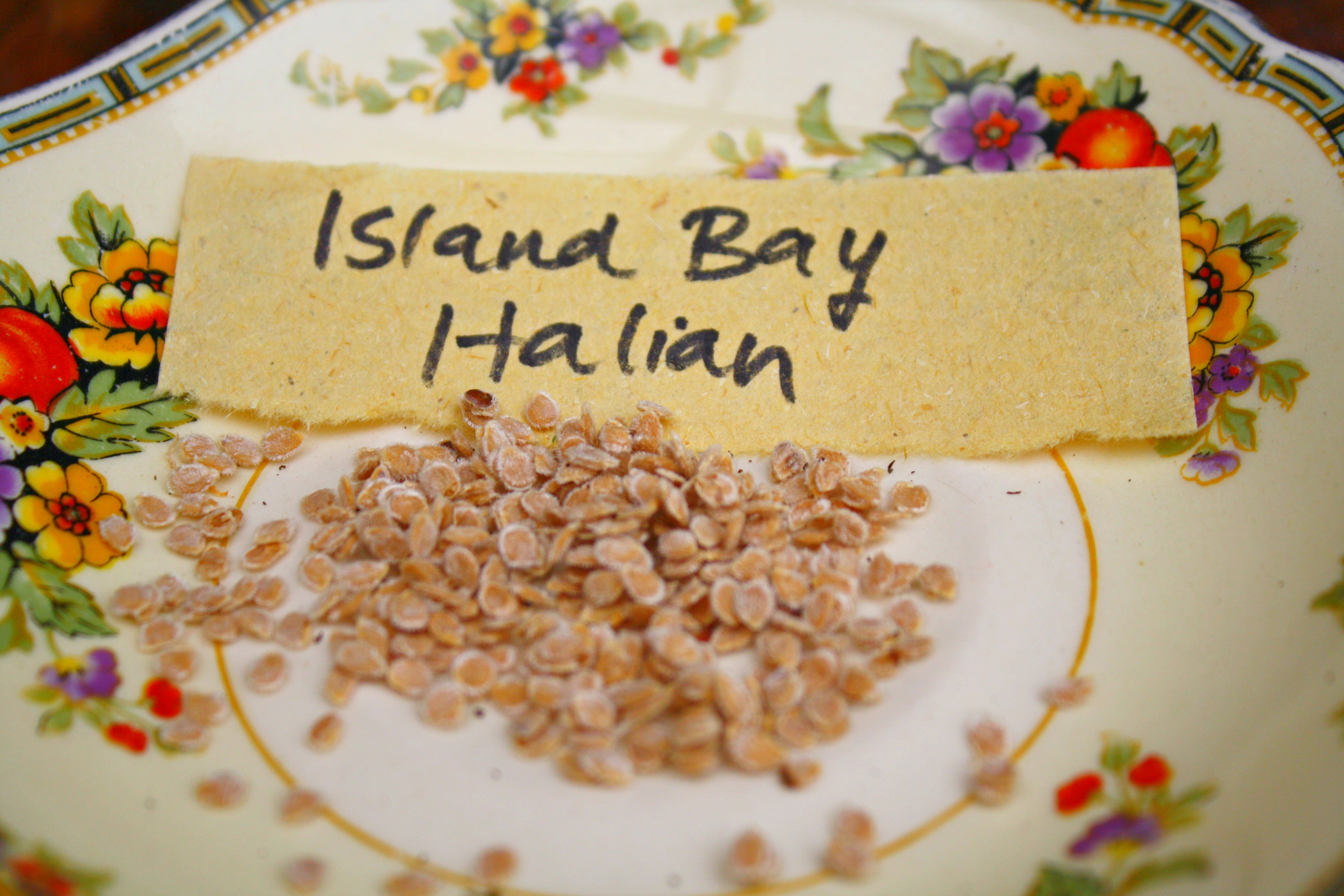
What a difference when you grow a variety that's suited to your climate - not all tomato varieties will love your conditions! Discover the best suited, heritage varieties through community networks - local gardeners are your go to. Heritage, because you cannot save seed from F1 hybrids, well you can, but they wont grow true to type.
As you find varieties that perform well in your climate and crank out toms that make your taste buds tingle, save the seed.
Tomato seed is easy peasy to save. Choose the best fruits on the strongest vines = good genes for the win! Home saved seed from strong plants, germinates faster, sails on through with less pest and disease and crops better for longer. Year on year, your own saved seed grows stronger as it adapts to your unique environment.
Homemade compost
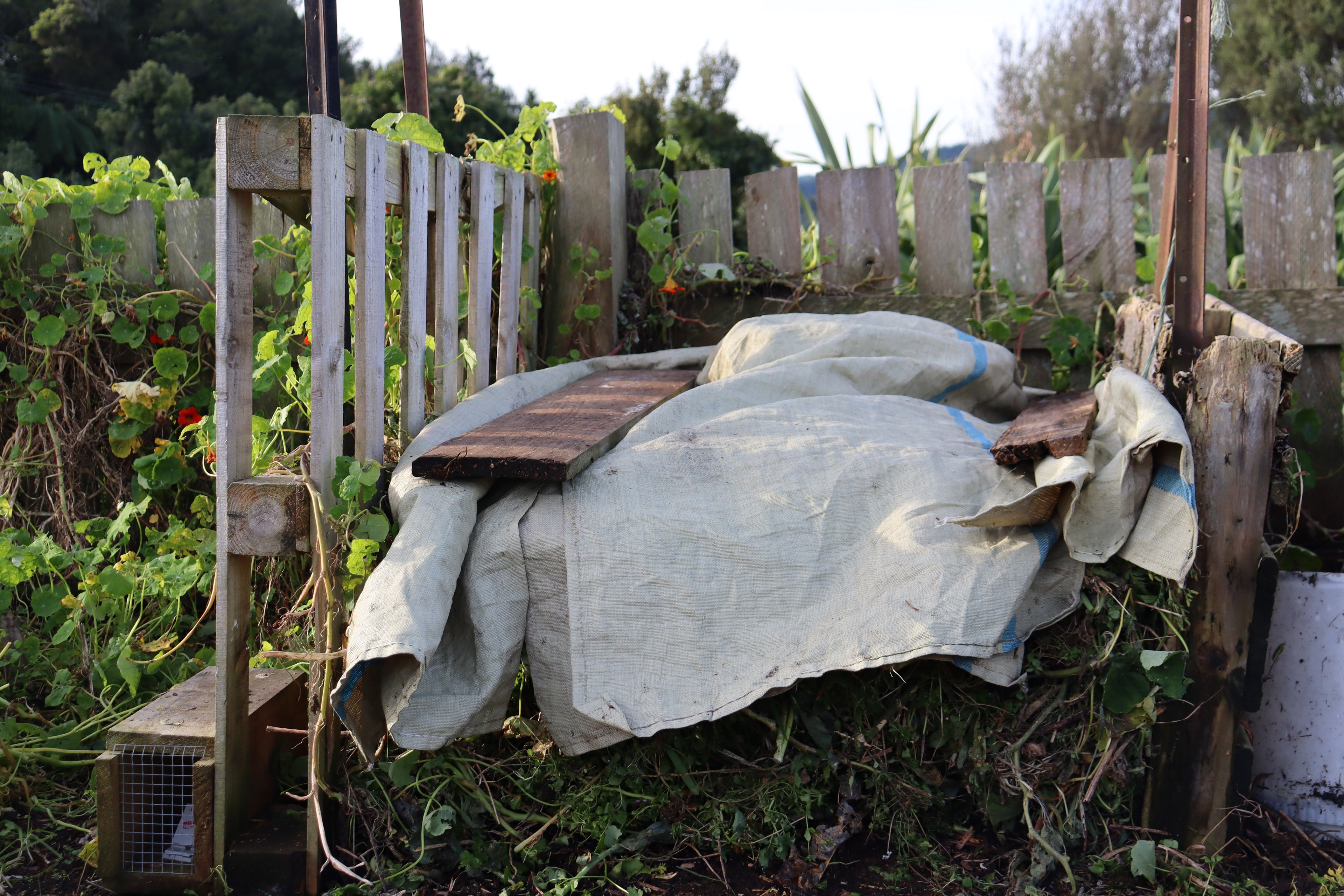
There are more recipes and magic potions for growing tomatoes, than any other crop, but you don't need any of them if you have your own awesome compost to hand. Yip, good old homemade compost is all you need.
Spread a fine layer on your garden bed - not loads. Ideally over the whole bed, but if you are short, then a spade per plant is fine. Saturate the ground pre planting with a biological brew.
- Vermi castings are an excellent option - add a good handful with each seedling as you transplant.
- If you're short on homemade compost, bolster it with seaweed, really well rotten manure or vermicastings - mix a brew together until you have enough.
- Greencrops sown as a living mulch over the ground provide excellent ongoing fertility - go for a mixture.
Light + Air
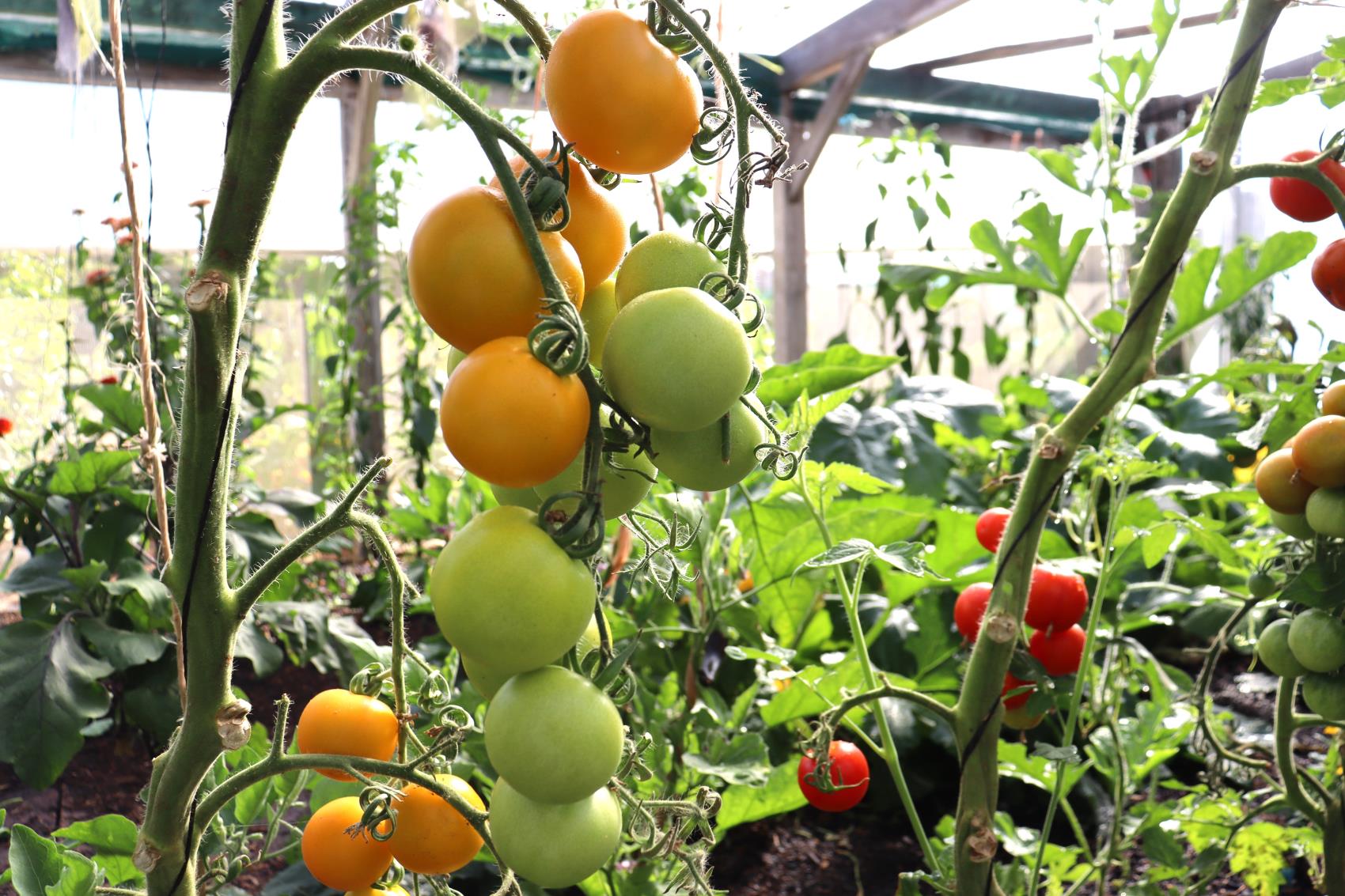
In cooler climates and short growing seasons, tomatoes need really sunlight, and in damp or humid environments they need excellent airflow. In both cases, pruning them as single leaders is the way to go.
Most tomatoes you'll come across are indeterminate, or vining. When fully grown and covered in a handsome crop, they're very weighty, and tall! A 1.8 - 2m frame will maximise the potential of the crop.
My favourite 2 ways to support tomatoes is on reinforcing mesh attached to sturdy stakes, or by growing them up strings - which is what I do in the greenhouse. The string is tied to an overhead wire and the bottom of the string is planted beneath the seedling.
Either way, pruning your tomatoes as a single leader works brilliantly - allowing plenty of airflow and light for best health and ripening, as well as easy management: easy to harvest, to spot problems and to spray (biologically, that is).
Trouble shooting
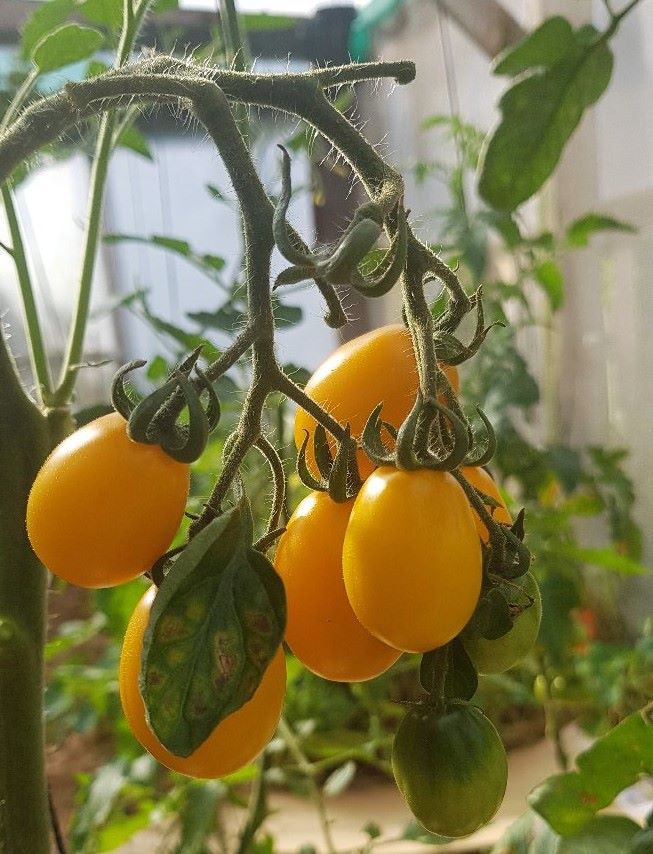
Start by considering the big picture before you go into damage control - 10% blemished, does not a problem make! A few curled leaves and spotty bits are tickety boo, and par for the course with sensitive tomatoes. Pinch off the rubbish leaves and carry right along.
Ask local gardeners how their tomatoes are going? The season plays a huge part in tomato happiness, especially if your toms are outside. Humid, cold or really wet = tomatoes will complain loudly! When the season isn't very tomato friendly, note the varieties that thrive and be sure to save their seed.
Next up check your soil . Make this your go to whenever anything goes wrong, its far more accurate and truthful than blimmin google. Revive your toms accordingly - most of the time, they oblige.
- If your soil is poor and/or dry (the two go usually together), rehydrate it , add a spade of homemade compost/ vermicastings, do a biological spray and sow some crimson clover, or plant dwarf beans and salads at their feet.
- If soil is poorly drained/ wet, plant new toms into pots or in a better part of the garden.
After that try a simple spruce up - it can do wonders - clean up old ratty foliage + give a biological spray, or if needs be, slash the jungle back and let them breathe! Don't under estimate simple tweaks, nor the power of a daily visit - if you pop and say hi everyday you'll catch problems early. Plants appreciate your encouragement + love.
As for anything else, 99% of the time the solution is simple as, and contained within this article. You don't need dastardly sprays or magic pills. Check through and ponder which condition is missing.
Whatever you do, don't panic fertilise or rush into disease control, especially if you are guessing as to what's wrong. You'll only fracture the soil food web, making things heaps worse in the long run.
Stick to the simple pattern I've outlined here, and every year hence, as tomato time rolls around, you'll be a little wiser and a bit more on the job at meeting all their needs. With the right varieties for your place and all their needs met from the get go - hello tomato awesomeness: hassle free + productive!
If you get stuck, I'm here to help.

